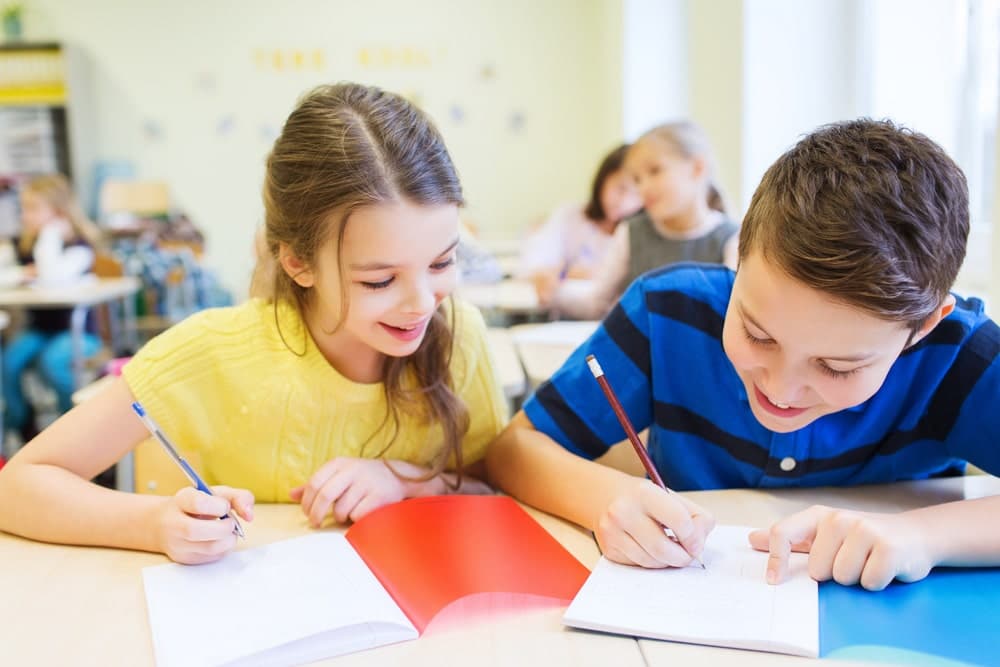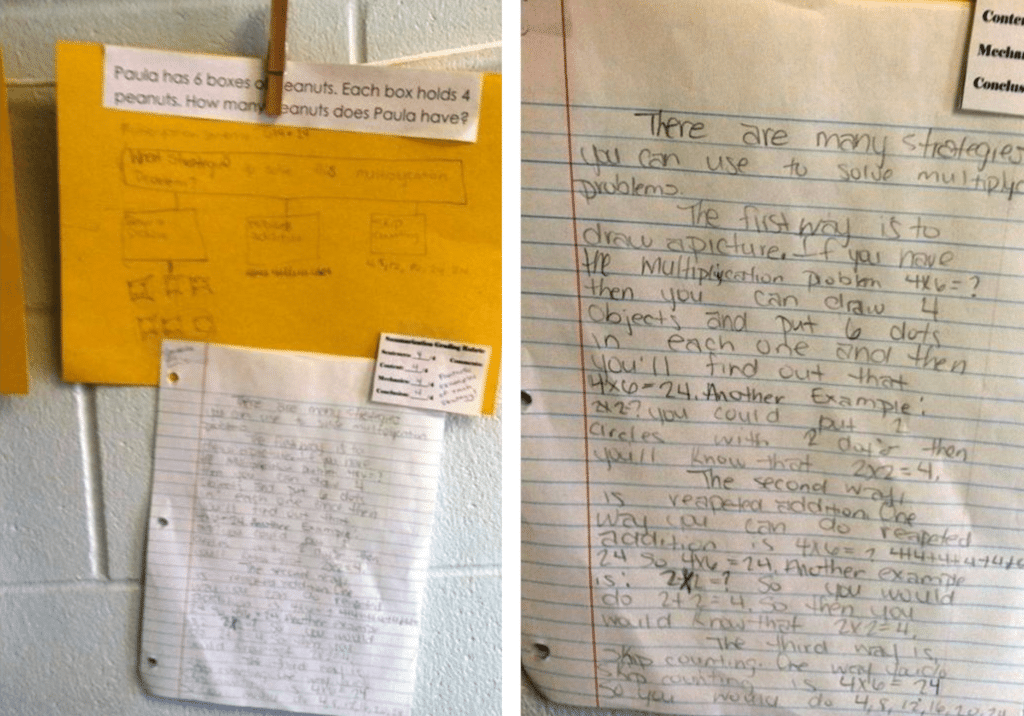Writing to Raise Student Achievement
November 11, 2017 January 30, 2022
How is writing used in your school to raise achievement?
How do you continue to show growth with your state assessments? We asked teachers in our turnaround schools that very thing, and we were not at all surprised to hear that the number one thing they all did was to go from only having students verbalize the answer to the Lesson Essential Question to having their students answer the Lesson Essential Question in writing! They all agree that writing has made the most significant contribution in helping increase student achievement in their classrooms, as well as across their school.
One example of how this is being done is at Combee Elementary School in Polk County Florida. They too have stepped up their student expectations by having students write their answer to the Lesson Essential Question in both the Assignment and in the Assessment Prompts that are distributed across the lesson. In order to ensure that students are writing both to learn and to inform, these teachers have collaboratively planned assignments and instruction to guarantee that writing is purposeful throughout the lesson. The Lesson Essential Question communicates to students the high expectations for thinking, learning, and writing that we have for them, with the assignment providing the opportunity for students to answer it. Students write the Lesson Essential Question at the top of their paper and they answer the question with what they have learned. They complete a graphic organizer that aligns to what they have learned and they use this graphic organizer to help support their writing in the assignment.
Another strength of including writing is that it helps students summarize strategically. In the example below, instead of writing how to solve the multiplication problem, the student writes about the strategies used to solve the multiplication problem. (Sidebar: we wrote a guide to learn how to use RAFT writing for more effective writing strategies across content areas?) The outcome is that the students understand the strategies to solve any multiplication problem. This shows that the students understand the concept instead of that particular math problem.

Notice the student work display with the multiplication problem, the graphic organizer with the Lesson Essential Question, and Assignment rubric all posted alongside the student’s work. This is a powerful way to support high expectations for student writing and to reinforce that writing is an important part of the learning process. Writing to raise achievement starts early. Learn about writing development and teaching writing in Kindergarten, 1st, and 2nd Grade.
